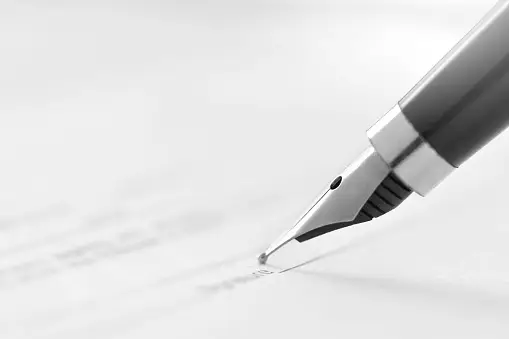Signatures are unique identifiers, akin to personal seals, that embody an individual’s identity in a stylized form. They serve various purposes, from authorizing documents to showcasing personality. The creation of a signature, while seemingly straightforward, is influenced by a host of psychological factors. This exploration delves into the intricate relationship between psychology and signature creation, shedding light on how personal traits, emotional states, and social influences shape this personal mark.
Personal Identity and Signature Style
Self-Perception
The way individuals perceive themselves plays a crucial role in signature creation. Those with high self-esteem often craft signatures that are clear, bold, and sizable, reflecting confidence. Conversely, individuals with lower self-esteem might opt for smaller, less distinct signatures, mirroring their internal uncertainties.
Personality Traits
Personality traits significantly influence signature styles. For instance, extroverted individuals might have larger, more flamboyant signatures, indicative of their outgoing nature. Introverts, on the other hand, may prefer simpler, more understated designs that align with their reserved demeanor.
Emotional State Influence
Mood Fluctuations
Temporary emotional states can alter signature appearance. A person feeling anxious or stressed might produce a shaky, inconsistent signature, whereas a relaxed state could result in a smoother, more coherent sign-off.
Long-Term Emotional Impact
Chronic emotional states can lead to permanent changes in signature style. For example, individuals who consistently experience high levels of stress might develop a signature that appears rushed or compressed over time.
Cognitive Factors
Motor Skills and Handwriting
Cognitive processes related to motor skills directly affect signature formation. Fine motor control determines the fluidity and precision of the signature, while cognitive planning influences its complexity and design.
Neurological Influences
Neurological factors, such as dominant brain hemispheres, also play a role. Left-brained individuals (often right-handed) might produce more analytical, linear signatures, whereas right-brained (often left-handed) individuals could create more creative, abstract signatures.
Social and Cultural Influences
Societal Expectations
Social norms and expectations can shape signature styles. In professional settings, there’s often an unspoken pressure to have a signature that exudes authority and seriousness. In creative fields, more artistic and unique signatures might be encouraged.
Cultural Background
Cultural background influences signature creation, with different cultures valuing specific traits. For example, in some Eastern cultures, calligraphy and the beauty of characters play a significant role in signature design, reflecting cultural appreciation for artistic expression.
Psychological Development and Signature Evolution
Life Stages
Signatures evolve alongside psychological development. Adolescents experimenting with identity may frequently alter their signatures, reflecting their search for self. As individuals age and their identities solidify, their signatures tend to stabilize.
Life Experiences
Significant life events or changes—like marriage, career shifts, or personal achievements—can lead to signature modifications, mirroring the psychological impact of these experiences.
Conclusion
The creation of a signature is a complex interplay of psychological factors, from personal identity and emotional states to cognitive abilities and social influences. This personal mark, while serving practical purposes, offers a window into the individual’s psyche, revealing much about their personality, emotional world, and social identity. Understanding the psychological underpinnings of signature creation not only enriches our appreciation of this personal emblem but also underscores the profound connection between psychology and everyday behavior.

